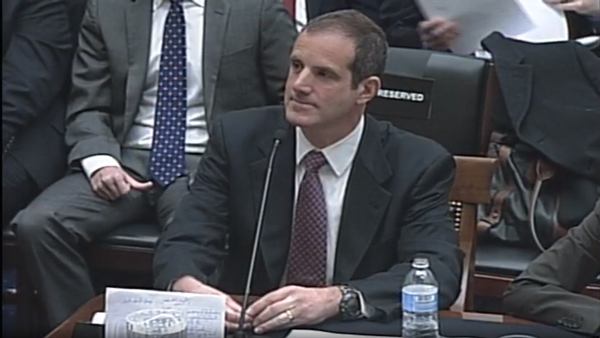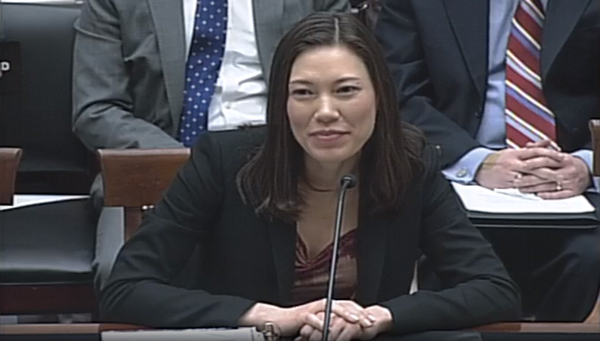03 Feb The DMCA Notice: “Take Down” is Letting Down Artists
Since the DMCA notice procedure was written into law in 1998, it’s proven to be of limited effectiveness in combating copyright infringement online. “DMCA” stands for the Digital Millennium Copyright Act, an ambitious law passed by Congress in an attempt to address, among other things, the piracy of copyrighted materials. The DMCA notice procedure creates an avenue for copyright holders to have their infringed work removed from a website by contacting the website hosting company or ISP (Internet service provider). However, the notice procedure has come under fire from all sides.
The DMCA law implemented two 1996 World Intellectual Property Organization (WIPO) treaties. To bring the US compliant with those treaties, the law criminalized the creation of systems to circumvent digital right management measures, and raised penalties for copyright infringement on the Internet. OSPs (online service providers), including ISPs, were concerned that they would be penalized for copyright infringement conducted by users of their systems. The concern was justified; by US law, anyone participating in copyright infringement or distribution of infringed work is liable. The DMCA “notice and take down process” creates a safe haven for those companies.
Essentially, OSPs are required to publish the contact information for a designated DMCA agent responsible for processing DMCA notice requests. Copyright holders can contact the OSP through the agent, and if their take down notice complies with the statutory requirements, the OSP is required to take down the infringing work. Doing so renders the OSP not liable for any infringement. The process also provides a means for the individual posting the content to appeal the take down with a counter notice. (For a instructions on how to issue a take down notice, see our article “Hey, That’s My Work on Their Web Site!” in our Tools + Resources.)
The problem with the DMCA take down notice is that it puts the burden on copyright holders to police the Internet, only to see the infringed work crop up repeatedly. In fact, the DMCA procedure has been termed “take down Whac-A-Mole.” Part of the problem is that the DMCA law did not anticipate peer-to-peer networking, which permits data transfer between users without an intermediate server. Peer-to-peer file-sharing networks such as BitTorrent have long been sources for pirated material such as films, music, books, graphic novels, software, etc. An additional problem is that OSPs have no incentive to police content before receiving a take down notice, since prior knowledge that content may be infringing would forfeit their safe harbor exemption. This concern was raised by Professor Sean O’Connor while testifying at a House Judiciary Committee hearing in 2014. (Read David Kluf’s recap of the hearing on Trademark and Copyright Blog.)

Professor Sean O’Connor being introduced at the House Judicary Committee hearing on the DMCA Take Down Notice. (screen capture from the hearing video)
For their part, technology companies complain that the DMCA take down procedure is rife with abuse, and fails to recognize fair use exemptions. During the House testimony, Paul Semienski, General Counsel for the parent company of WordPress, cited examples of a DMCA notice being used to squelch criticism, and stated that the counter notice process to appeal a takedown is largely inefficient. Reports of abuse of the take down process appear to be exaggerated, though. On the NSU legal blog, Steve Carlisle pointed out that Semienski only cited three examples of abusive uses of the notice. Google in its transparency report states that 97% of the takedown notices were removed, meaning that at most, Google challenged only 3% of the notices, which could have been abusive. By those statistics, at the time of the hearing hearing, Google was receiving up to 6.3 million legitimate notices in one week.

Paul Semienski testifying at the Judiciary Committee hearing. (screen capture from the hearing video)
Overall, Google counsel Katherine Oyama has expressed satisfaction with the DMC notice procedure. She testified at the Judiciary committee hearing that, despite the rapid growth in the number of take down notices received by Google reporting infringement on its search engine, the company was able to speed up its response time. She also recommended that rather than amending the take down procedure, means for copyright holders to police and monetize their work (such as through Google’s Content ID system) should be developed.
As proof of the success of the DMCA take down process, Google cites the extreme number of notices it processes – 560,000,000 in 2015 alone. Many of those take down notices are most likely handled by automated systems implemented by major copyright holders such as recording companies and film studios. However, as independent filmmaker Ellen Siedler reports on her blog, Vox Indie, the take down process provided by Google is an onerous 8-step procedure. Additionally, Google does not publish the contact information for their DMCA agent as is required by law. The result is a Gordian knot of a process that deters individual rights holders and probably reduces the number of take down notices Google receives.

Paul Semienski testifying at the Judiciary Committee hearing. (screen capture from the hearing video)
A solution mentioned by many advocates for copyright holders is modifying the existing process to a “take down and stay down” notice. Carlisle describes that process as “once a DMCA notice is filed, all files with that ID need to be taken down, not just one on one website. New postings that match that ID need to be blocked.” The result will be that repeat postings of pirated material will be blocked, the overall number of DMCA notices will decline, and OSPs will need to allocate fewer resources to process them. Dropbox has already in place a similar process. Files uploaded to Dropbox are assigned a unique code number, and, if a DMCA notice is filed on that code number, Dropbox disables further public sharing of the file.
“Take down and stay down” has its detractors. Techdirt describes the proposal as “The Rebranding of SOPA,” the hugely unpopular anti-piracy legislation that was dropped a few years ago. The Electronic Frontier Foundation (EFF) describes take down and stay down as “filter everything.” And Google’s Oyama describes the process as “problematic.” The leading reason given for the opposition to take down and stay down is concern with abusive notices, despite the fact that they represent a tiny percentage of the overall number of notices.
